Franz Erhard Walther
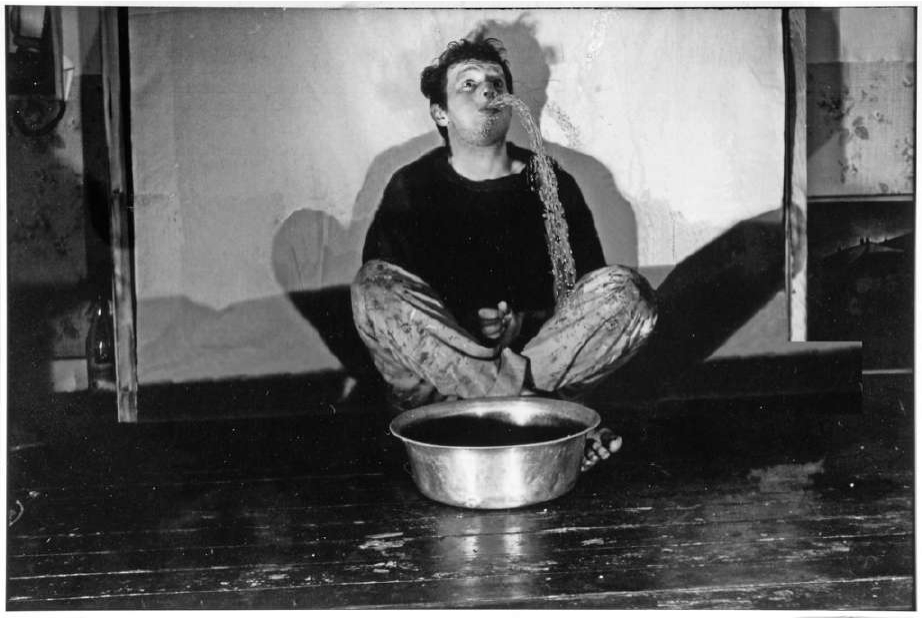
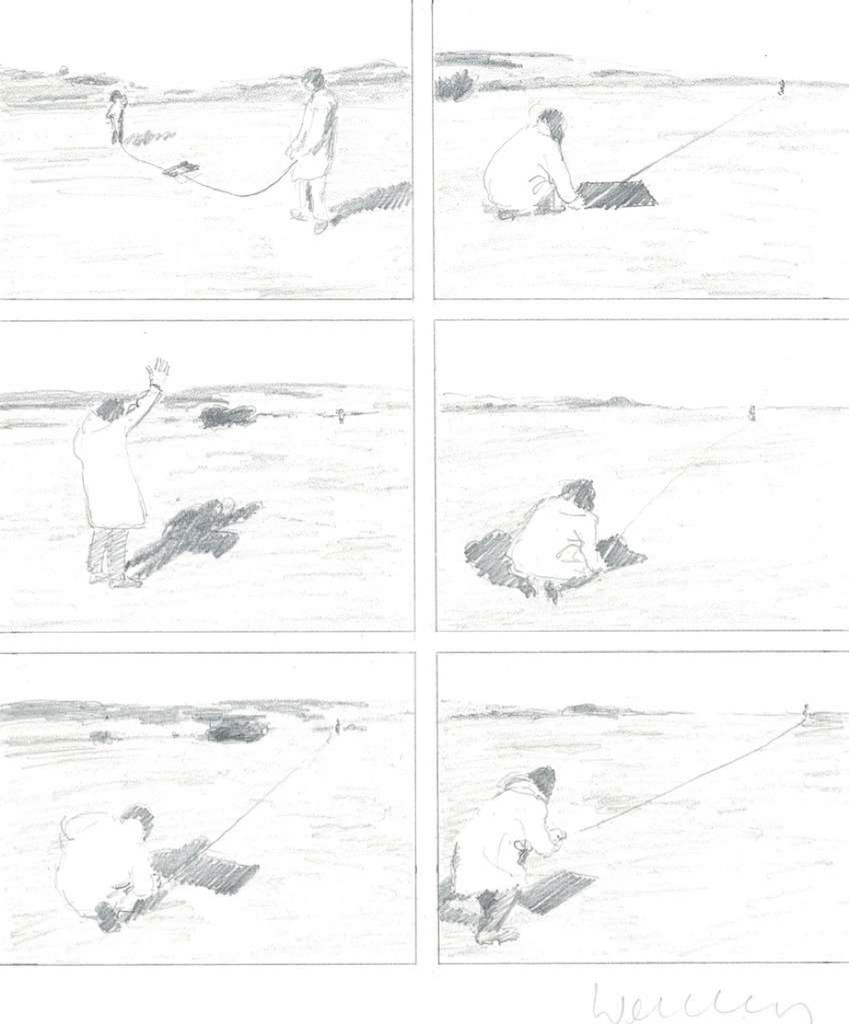
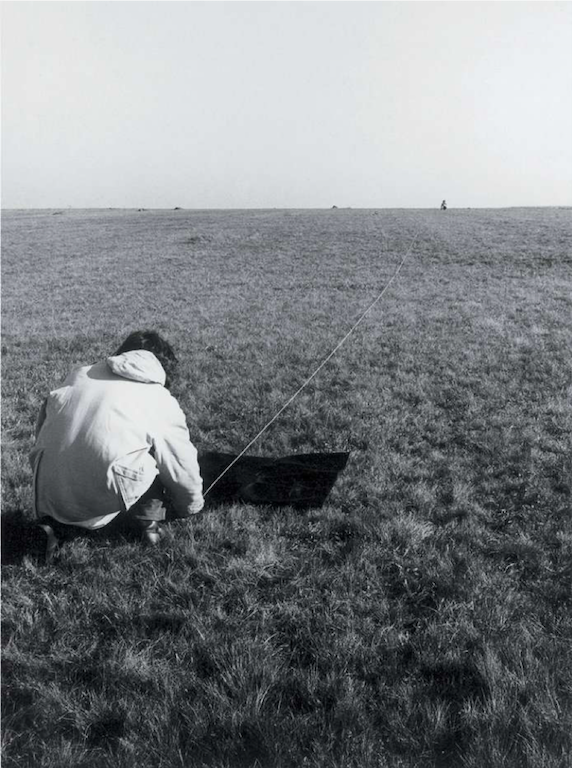
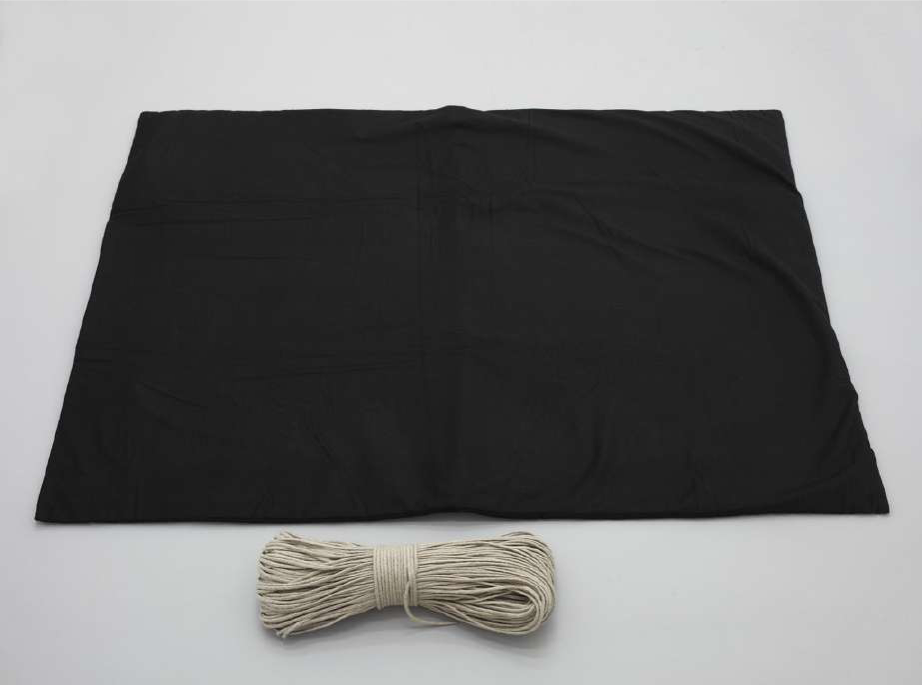
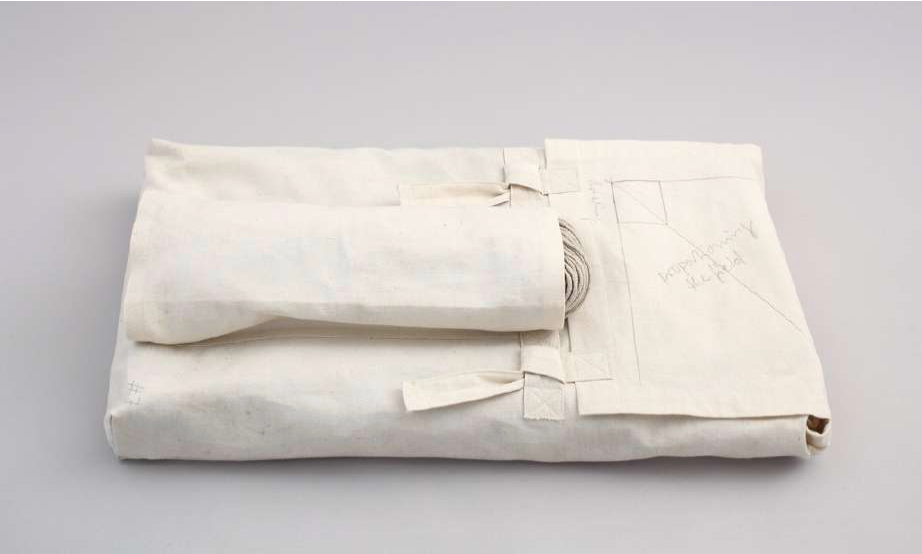
For its first exhibition, Abraham & Wolff will be showcasing the work of the German artist Franz Erhard Walther (born 1939). Walther, who has created a fundamental body of work at the crossroads of minimalism and conceptualism, revolutionised the traditional approach to sculpture by introducing a participatory dimension into his practice. His major work, 1. Werksatz, which he developed between 1963 and 1969, consists of 58 objects designed to be manipulated by spectators-turned-users.
From amongst this exceptional ensemble, Abraham & Wolff will be presenting Element 7, Feld und Teilung (Field and Division), a work designed to be activated outdoors. In a pioneering presentation, this object will be displayed at the same time as an “operating drawing” which explains its activation protocol in the form of a detailed storyboard. These two works will be exhibited alongside a photograph of the artist discussing his first reflections on the work of art as action.
